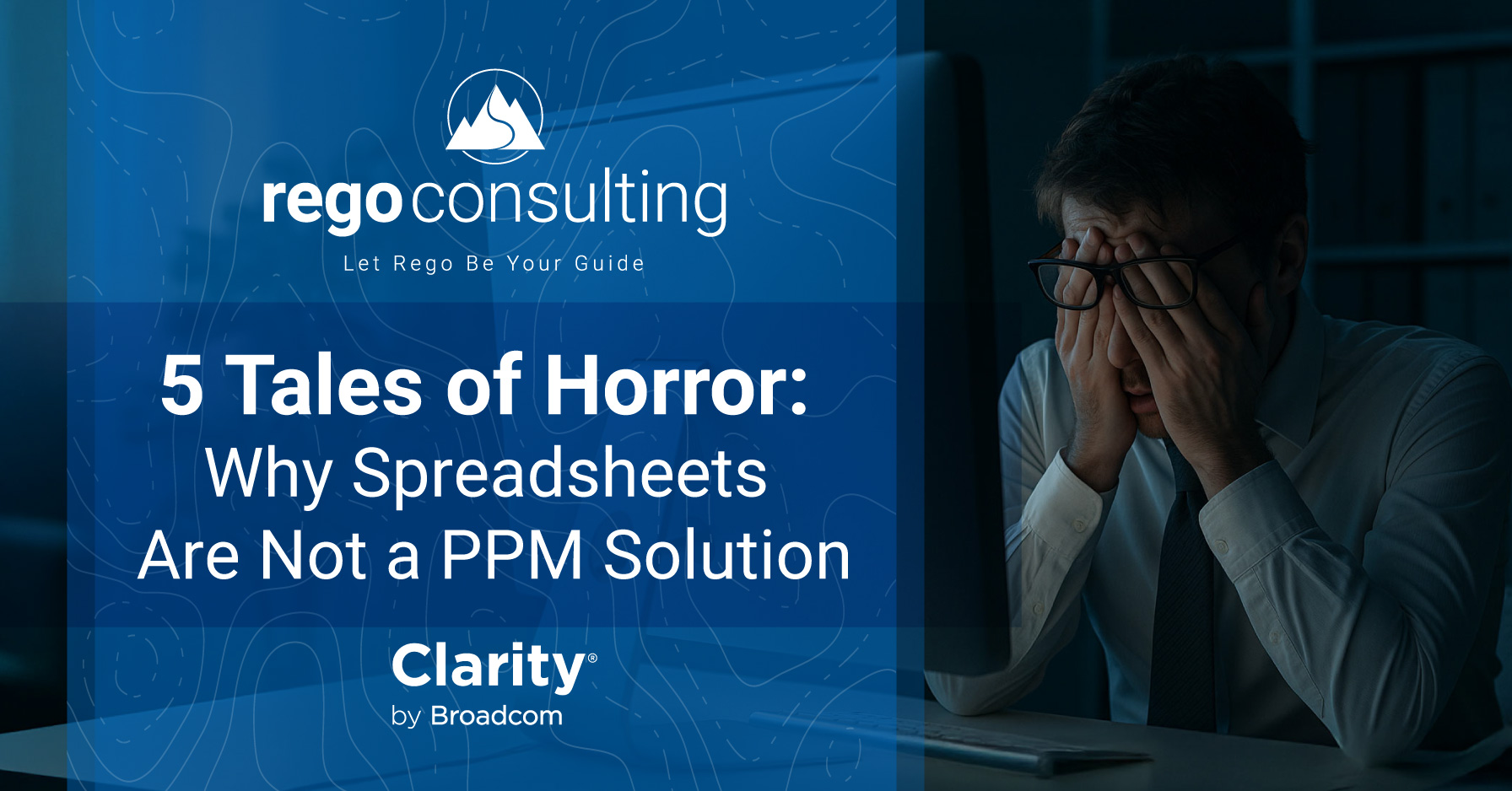Using performance metrics is your most powerful CA PPM adoption strategy. Not only does it create compliance, but it provides you with a complete data overview and shows you what’s going on inside the tool.
As we explained in our last post, CA PPM: Monitoring Performance with Metrics, Part 1/4, metrics come in flavors and should be sliced into categories, like groups, project stages, and time periods. In this post, we’ll look at the Metrics Development Cycle.
CA PPM: The Metrics Development Cycle
We can break the Metric Development Cycle up into five distinct stages that are informed by strategic goals and result in happy customers:
- Identify Process Improvement
- Determine Requirements for a Metric
- Develop and Implement the Metric’s Technical Requirements
- Gather Reports on the Metric
- Analyze Metric Trends or Other Impacts
You want to build and define your metrics around the goals of your organization, so that your goals are driving output that matters. Once you’ve identified and implemented the metrics, start collecting data. This data will lead to those valuable outcomes. With data you can analyze what’s happening, see progress, and further develop the metric to drive better processes, better behavior, and more results.
Change Metrics
Because they’re not a stagnant measure, metrics are not meant to be left in place for years and years. Data analysis and manipulation is inherent to the task, which is why it’s cyclic.
You can expect good metrics to teach you about current processes and provoke new measurements. Be assured, changing your metrics to reflect what you’ve learned and where you want to go will help you become better as an organization. It will absolutely drive the growth you need.
———-
Why have you changed a metric? We’d love to hear what you’ve done in the comments below.
If you liked this post, check out this BrightTALK from Daniel Greer, President of Rego Consulting and stay tuned for Part 3, “CA PPM—What Makes a Good Metric.”
Join our mailing list below.












